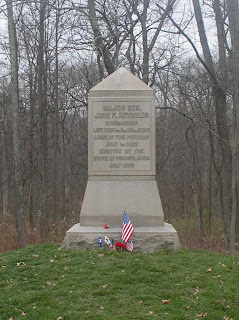On August
6, 1940 Lesley J. McNair became Chief of Staff to Gen. George C. Marshall.
Their staggering task was to prepare the standing army of the United States Poland ,
Norway , Denmark , Belgium ,
Holland and France Japan
Before the
war was over, America Louisiana , Tennessee
After
graduating from West Point in 1904, McNair -
known as “Whitey” because of his shock of blond hair - began his career in the
field artillery. He served in Funston’s march on Vera Cruz in 1914, as well as
Pershing’s Mexican Border Expedition in 1915-16. During the Great War he was at
American Expeditionary Force (AEF) Headquarters as an artillery expert in the
Training Section. The French were particularly impressed with the young
officer, whose language skills had been honed during his assignment in 1913 as
an observer of French units. McNair also attracted Pershing’s attention and
favor and he became the youngest brigadier general in the AEF. It was impressive
career advancement, even during wartime. Pershing awarded him the
Distinguished Service Medal and the French Legion of Honor – and kiss – were
bestowed by the great hero, Henri Petain. At the end of the war McNair was
reduced in rank to major. It would take nearly 20 years to get that star back.
After the war began McNair went to
There is an apocryphal story – started by a GI, probably – that all they found of McNair was a bloody finger with a













































